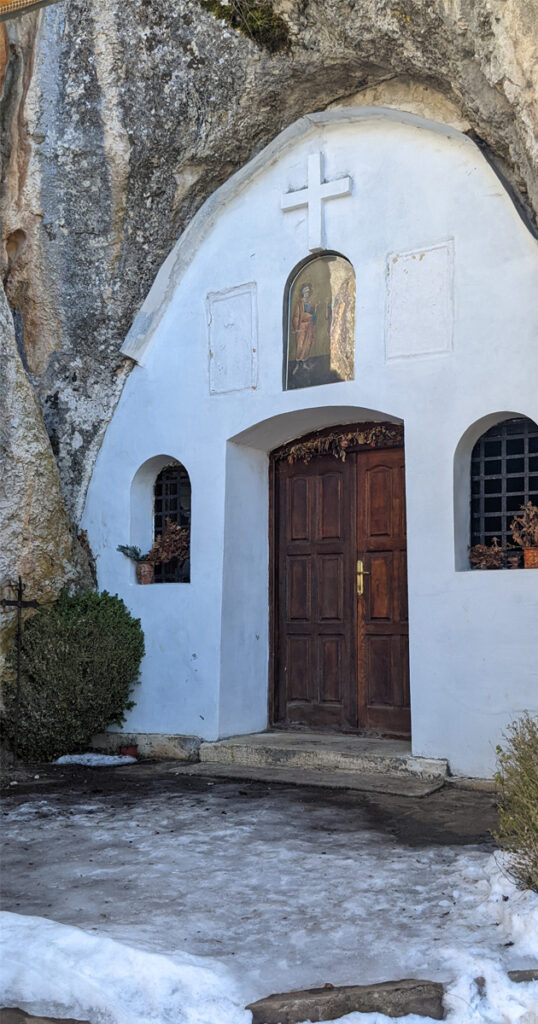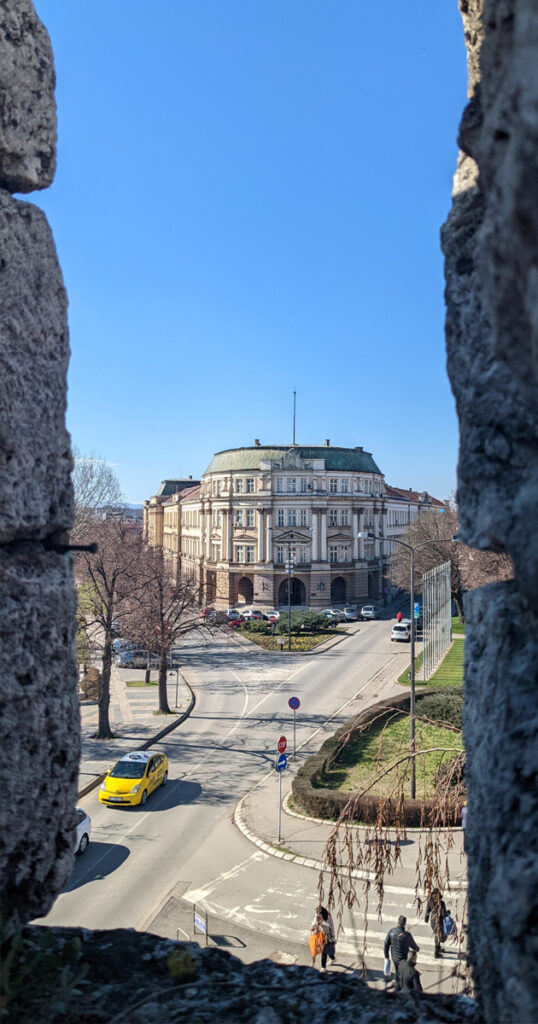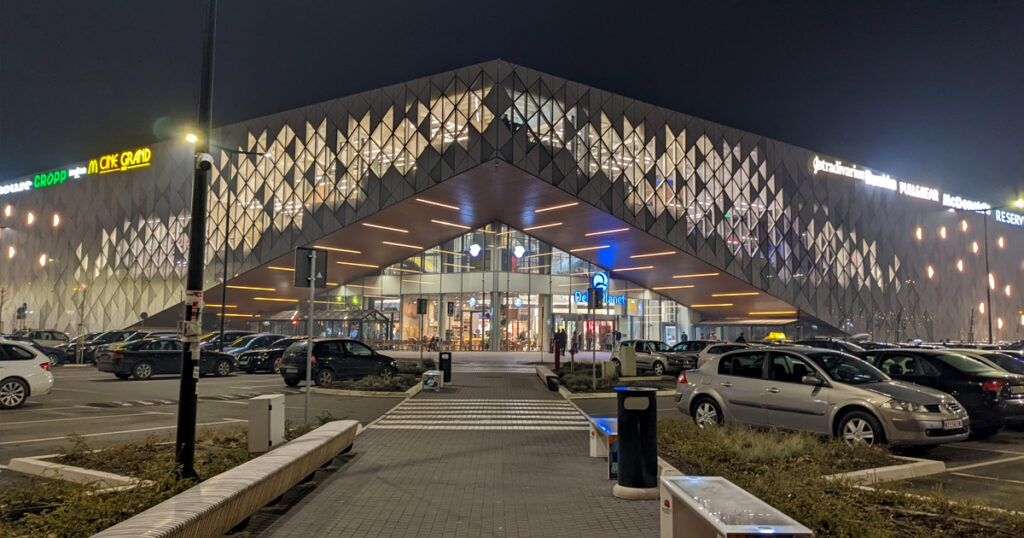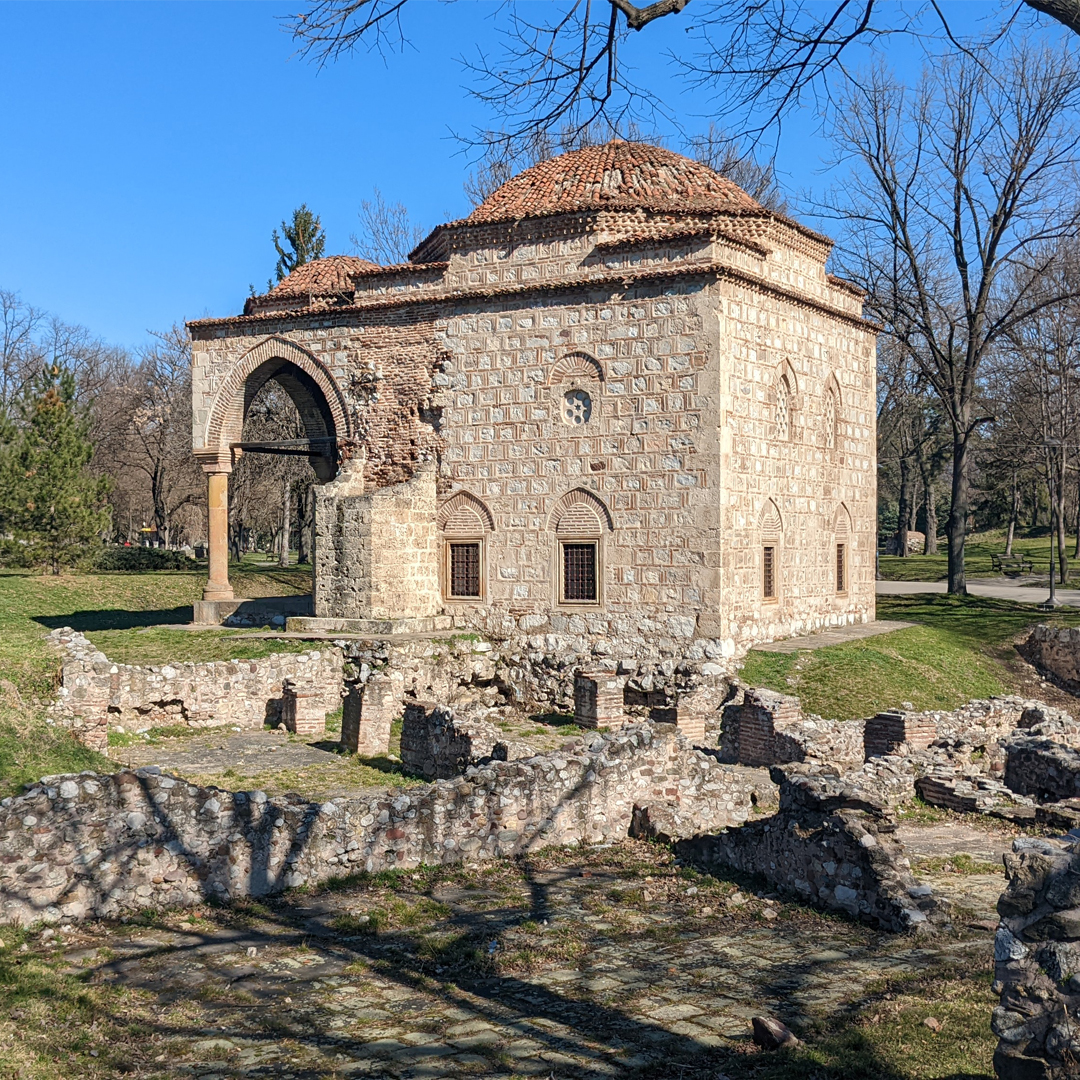A Trip to the Republic of Serbia
Architecture and Culture at the Crossroads of Europe.
For decades, our staff has come from all over the country and the world. We think diverse voices and perspectives make for better architecture and inclusivity.
Similarly, we’re excited for our staff members when they travel — and even more so when they share about their experiences. We’re grateful that Project Manager Julijana Petrovic agreed to share about her recent trip to Serbia. We hope our blog readers will find value in her story, too.
It had been three years since Julijana made the 15+ hour plane journey back to her home country, the Republic of Serbia.
On this three-week trip, she and her husband stayed briefly in the capital city of Belgrade and made a visit to his hometown of Sokobanja. They spent most of their time, though, in her hometown of Niš (pronounced Neesh).

University Administration and Library
She knew to expect changes. There are always changes when she returns. She was disappointed, though, to find that a large park in the city center was paved over. “Any little piece of land in the city gets filled,” she said.

Historical Monument in Serbian Fortress
This urbanization, however, is juxtaposed with the staggeringly beautiful mountains, rivers, and other natural landscapes still so plentiful in Serbia. The country is also known for its music festivals. The annual EXIT Festival near Belgrade has earned particular notoriety as one of the biggest music festivals in Europe. There is also Nisville in her hometown of Nis which is the biggest jazz festival in Eastern Europe.

Looking away from downtown
“I miss the different mentality of Serbia,” Julijana said. “People work to live. They love to spend time with friends over coffee or dinner. You don’t have to schedule months in advance. You can always hit someone up to go for a walk, and there’s always something going on.”
She says travelers will be hard pressed to find a more friendly place in the world. “You definitely won’t be hungry or thirsty,” she added.
If someone offers you stuffed cabbage leaves when you’re traveling in Serbia, you’d be well advised to take them up on it. Julijana says this is one of the nation’s most famous dishes.
For fans of architecture (um, we might know a few), Serbia won’t disappoint there either.

Church near Pirot
“You see a lot of history and evolution of architecture in Serbia,” said Julijana. “Every stone you see has a story to tell.”

University Administration and Library View from Fortress
For a big chunk of history, every war or conquest went through Serbia (formerly Yugoslavia), so numerous different cultures are represented. “It’s the crossroads of Europe,” Juliana said.
In Nis, homes can easily range from 200 to 400 years old, and many have handcrafted facades that may include relief or sculpture work. Decorative forged iron fences are common, too. The weather means that stone-based building materials last longer, so those materials became predominant. Serbians take upkeep of these structures very seriously.
And it’s not unusual to find partly built houses in Serbia. People often build their houses by adding rooms gradually.

Unfinished
Serbia also experienced a brutalism period of architecture from the 1930s into the 1950s that reflected the communist political structure of the time. While the concrete buildings were stark, monolithic, and undecorated, they did offer a complete community of residences, a school, and a park, often on the same block.

Strip Mall

Downtown Promenade
Over time, the cities have expanded out and up, so visitors will see a mash-up of historic and ultramodern architecture, sometimes in the same building.

Moments in time
You’ll also see a fortress in just about every city’s center. Julijana has fond memories of the secret passages in the Nis fortress. She was also struck by the numerous and diverse locations of monasteries in Serbia – including some built in caves!

Downtown Fortress

Downtown Fortress 2
Serbia’s architecture has influenced Julijana’s design philosophy and approach. The ways things were built in Serbia was appropriate for their time, and maintenance has always been a priority.
“This approach makes sense for sustainability aspects of the 2030 climate goals the U.S. has,” she said. “Communities need to understand that the built environment needs to be maintained.”
It’s culturally and geographically diverse views like this that make up the fabric of our firm’s design philosophy and approach. We’re proud to have Julijana on our staff and grateful that she shared her story. The travel bucket lists around here just got a little longer.





